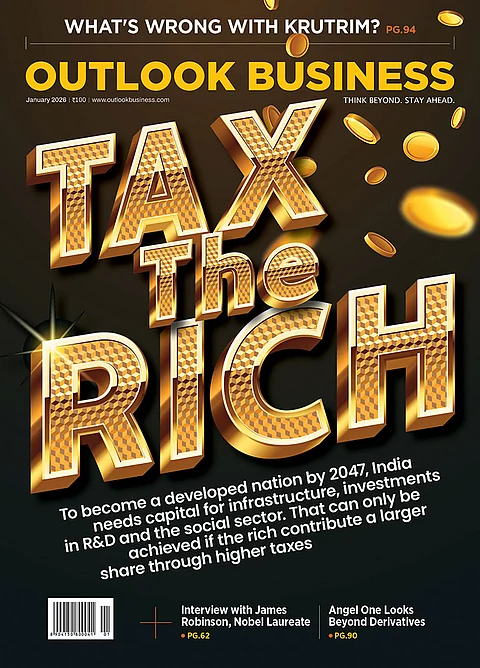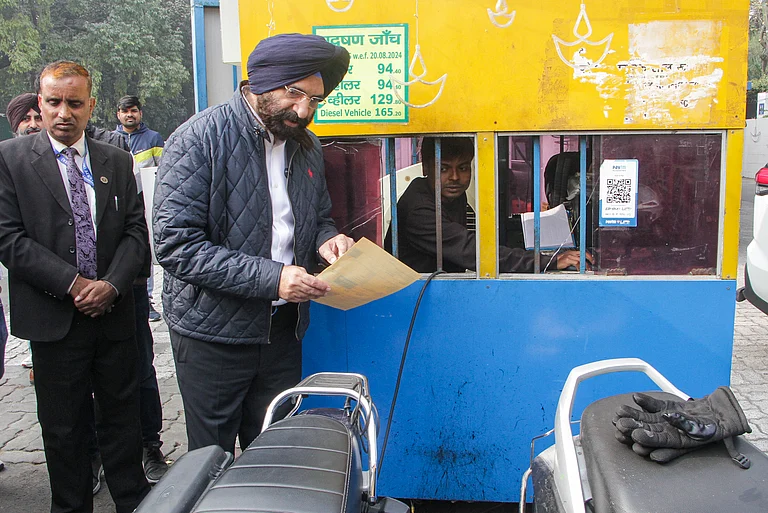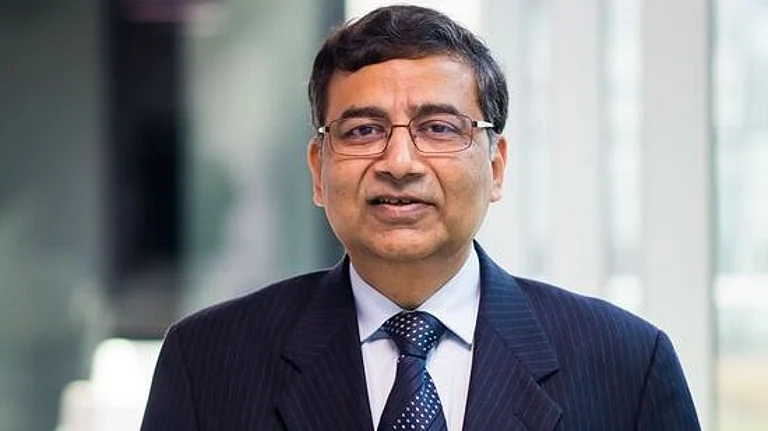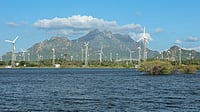Sustainable aviation fuel (SAF) volumes are increasing but disappointingly slowly, director general of the International Air Transport Association (IATA) Willie Walsh said on Global Media Day in Geneva on December 10.
“Governments are sending mixed signals to oil companies which continue to receive subsidies for their exploration and production of fossil oil and gas. And investors in new generation fuel producers seem to be waiting for guarantees of easy money before going full throttle,” Walsh added.
According to the new estimates released by IATA, SAF production volumes have reached 1 million tonnes in 2024, double the volume of 2023 at 0.5 million tonnes. However, this makes up only 0.3 per cent of the global jet fuel and 11 per cent of the global renewable fuel.
This is also significantly lower than the projections of 1.5 million tonnes production volume in 2024 as key SAF production facilities in the United States have pushed back plans of ramping up production to the first half of 2025.
IATA, which represents around 330 airlines including Indian carriers Air India and IndiGo, expects SAF production to reach 2.1 million tonnes or 0.7 per cent of global jet fuel in 2025.
Speaking on the profitability from producing SAF, Walsh said, "With airlines, the core of the value chain, earning just a 3.6% net margin, profitability expectations for SAF investors need to be slow and steady, not fast and furious." However, airlines are eager to buy SAF, and money can be made by the investors and companies who see long-term future in decarbonisation, he added.
The IATA study shows that between 3,000 to over 6,500 new renewable fuel plants are needed to reach net zero carbon emissions by 2050. The annual average capital expenditure needed to build the new facilities over the 30-year period, as per the study, is about $128 billion per year.
Also Read: Aviation on a Net-Zero Flight
Governments must be quick in delivering incentives to bolster renewable energy production, and they already have a set model of solar and wind energy transition to follow, Walsh said, adding that the energy transition including SAF will need less than half the annual investments.
India's SAF Journey
World Economic Forum (WEF) said that India has the potential to produce 30 billion litres of sustainable ethanol used for SAF production from agricultural residue, solid waste and industrial off-gases.
"Harnessing just 5% of this potential with the ATJ [alcohol-to-jet] pathway can meet India’s 10% sustainable aviation fuel blending target and produce renewable diesel fuel," WEF stated.
Moreover, Union petroleum minister Hardeep Singh Puri had said in May 2023 that India had feedstock for producing 19–24 million tonnes of SAF per year.
“India has feedstock for potential production of 19 to 24 million tons of SAF per year, whereas the estimated maximum requirement of SAF in India, considering 50% blend, is around 8 to 10 million tons per year by 2030," minister said.
In May 2023, India used indigenously produced SAF-blended aviation turbine fuel for the first time in a commercial passenger flight AirAsia (I5 767). It travelled from Pune to Delhi, utilising fuel produced by using indigenous feedstock by Praj Industries.
According to a recent Deloitte India's Sustainable Aviation Fuel (SAF) report, India could produce 8–10 million tonnes of SAF annually by FY40. This would require investments worth Rs 6–7 lakh crore, as per the report.






























